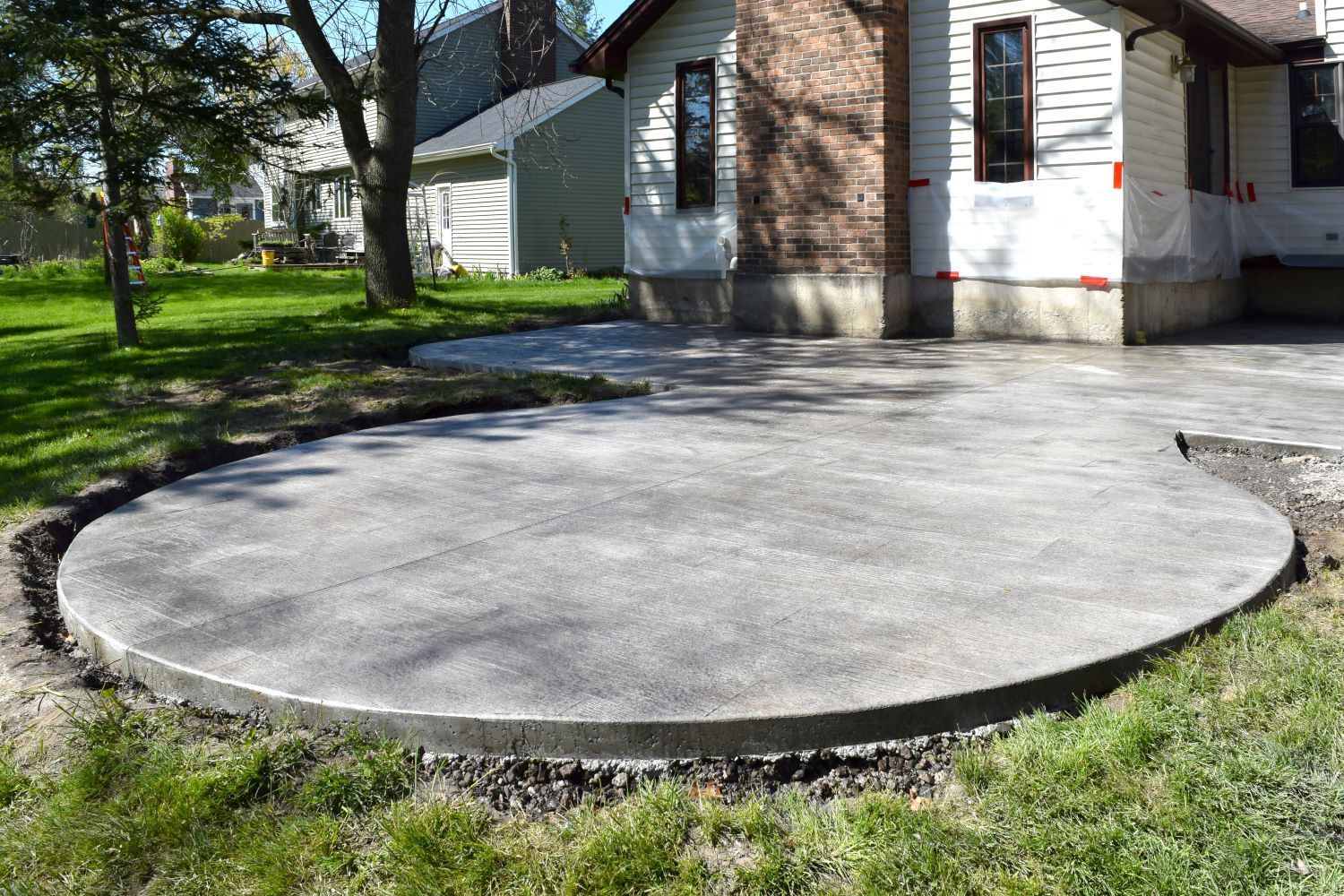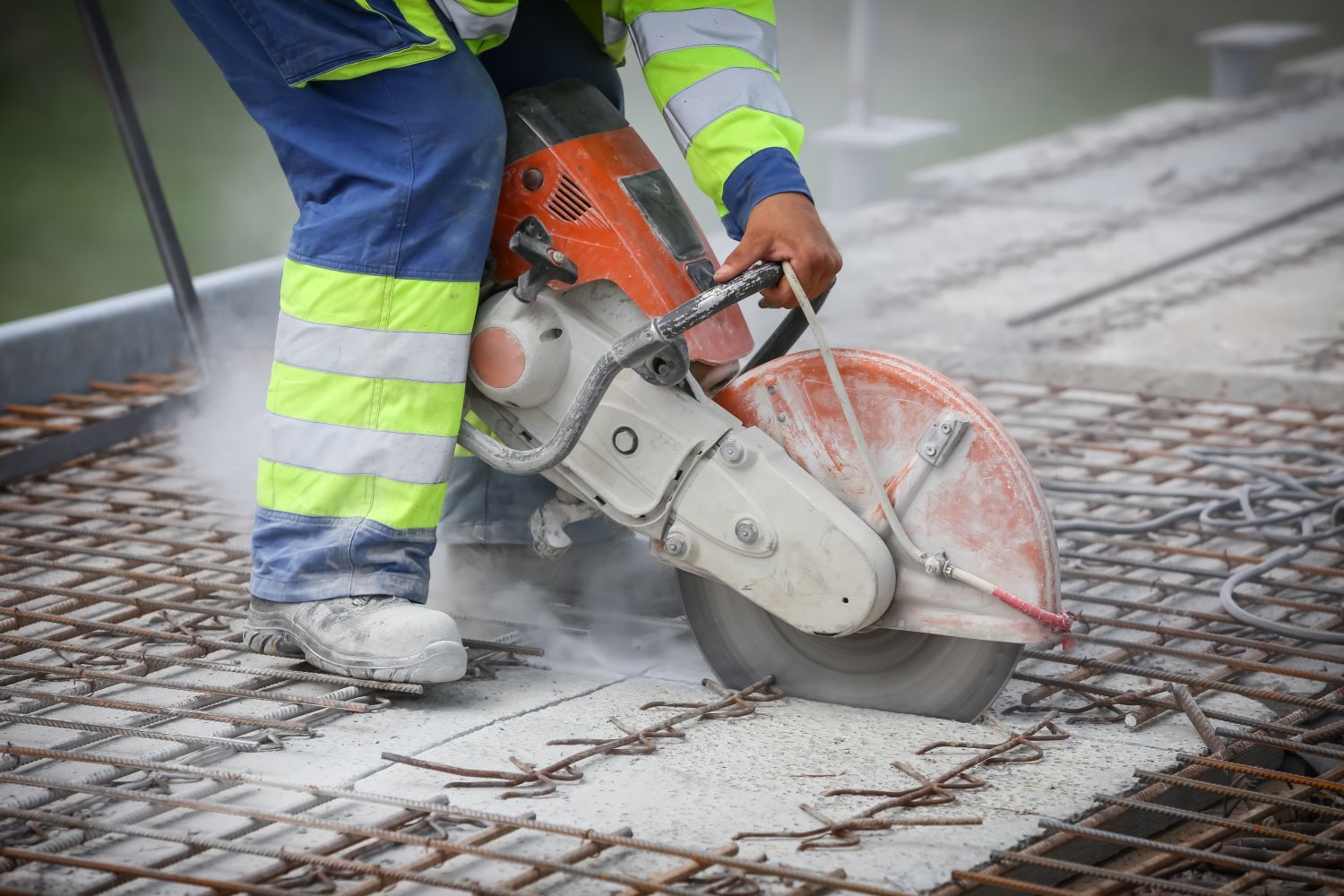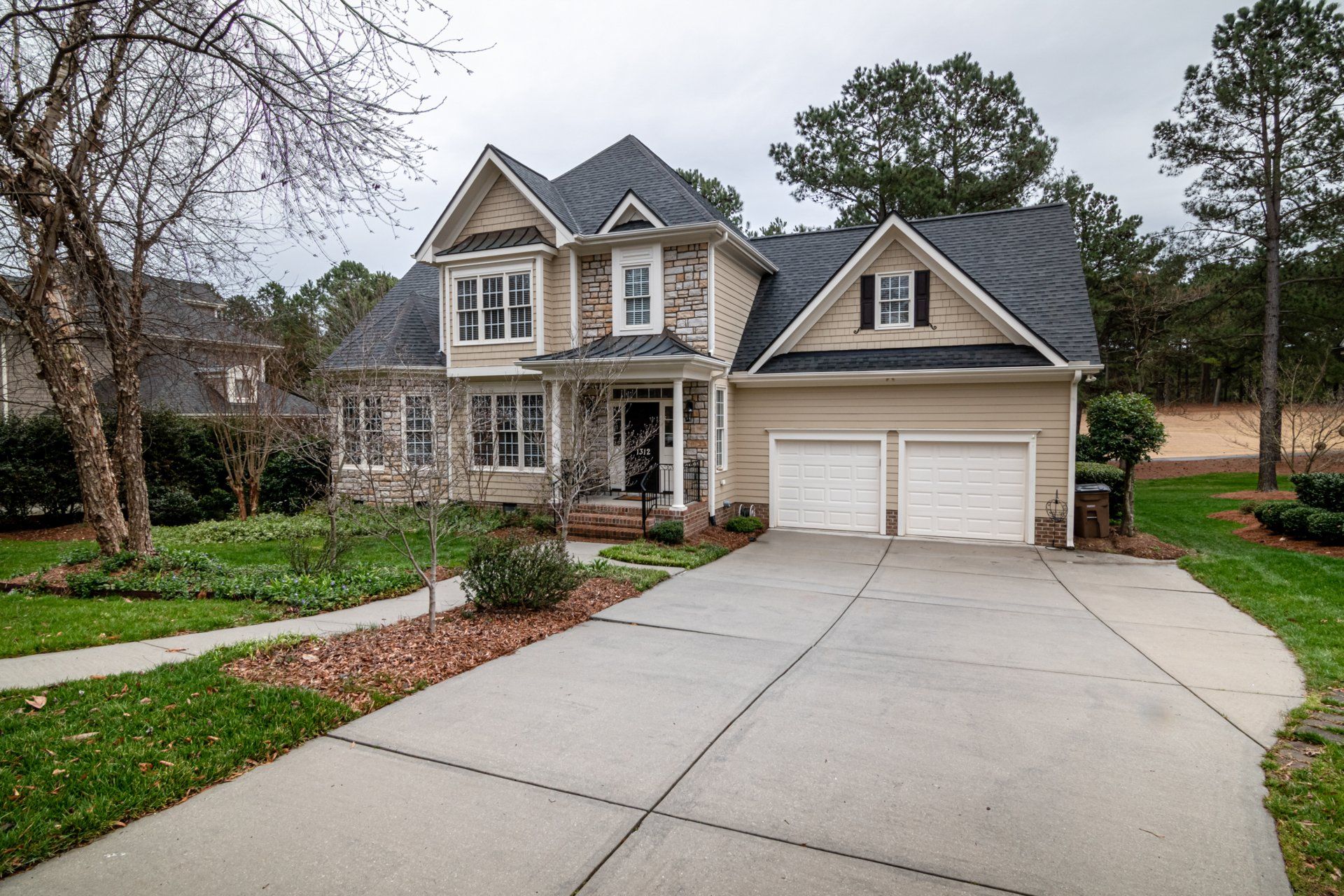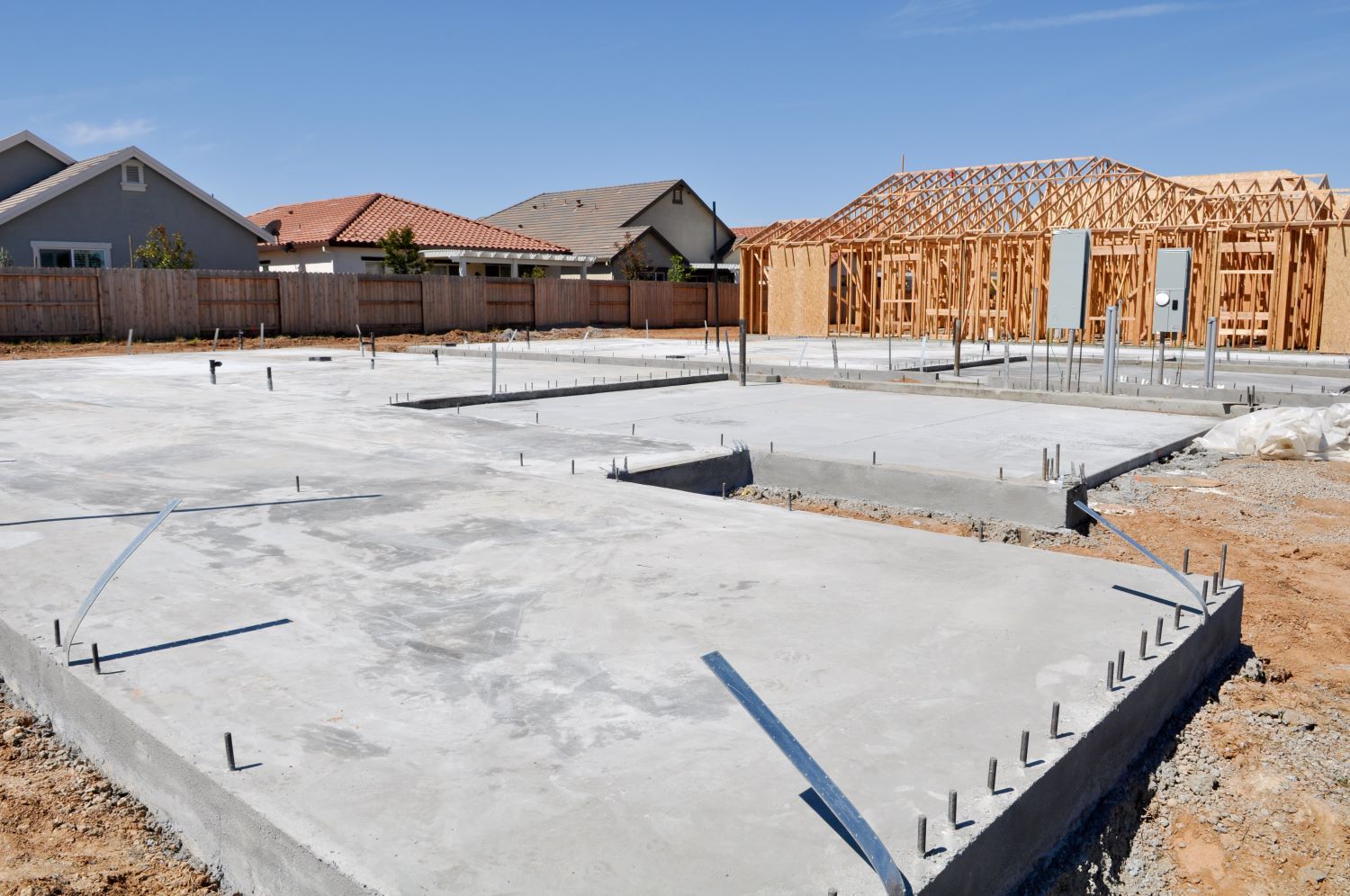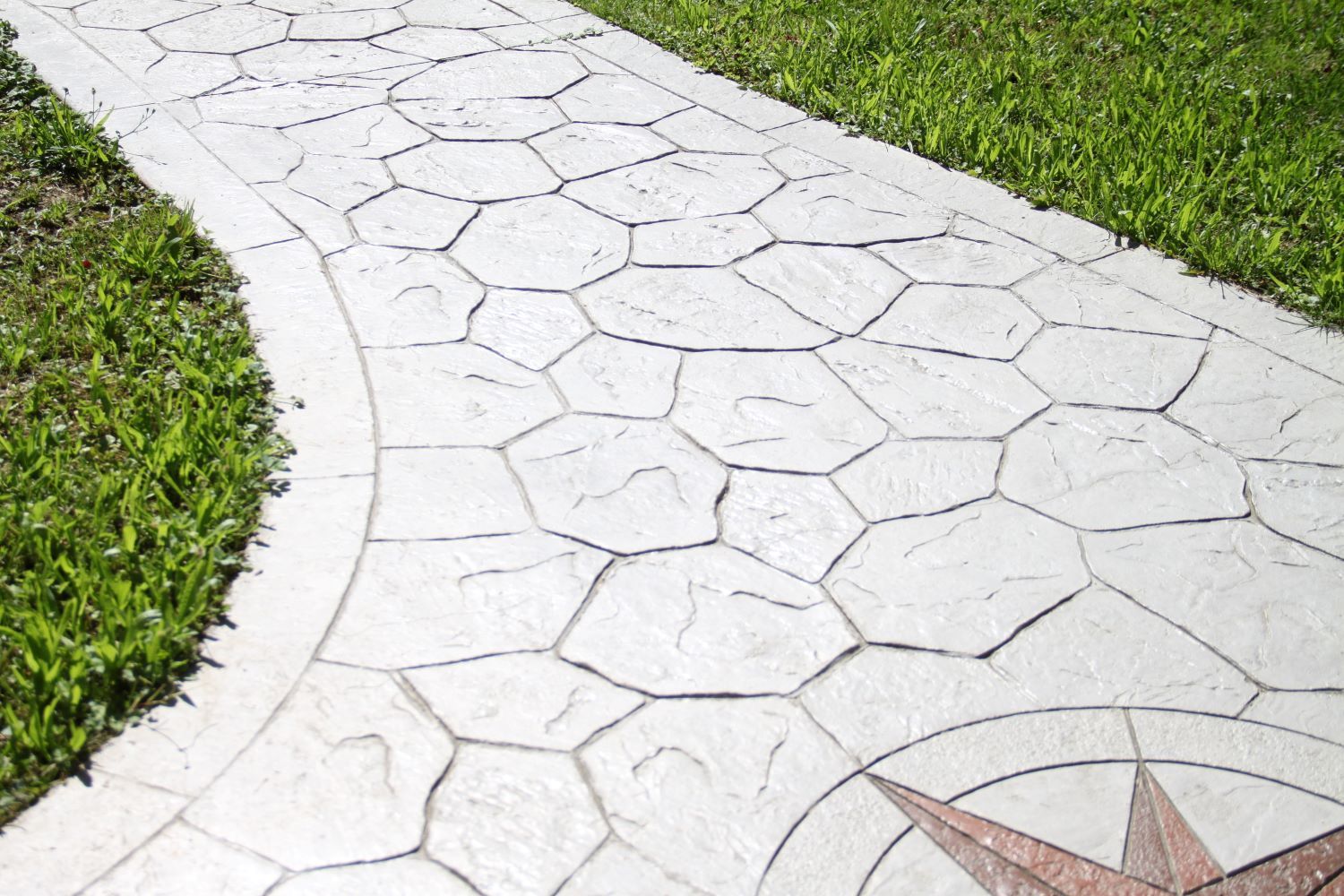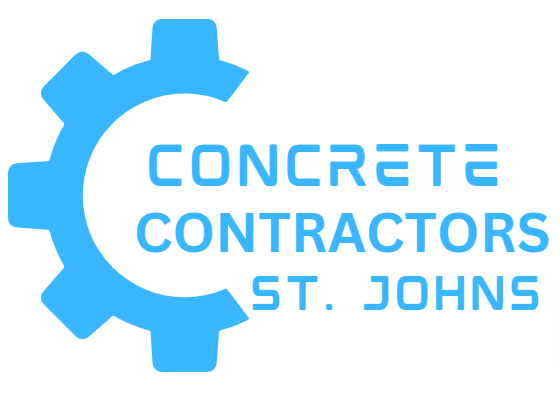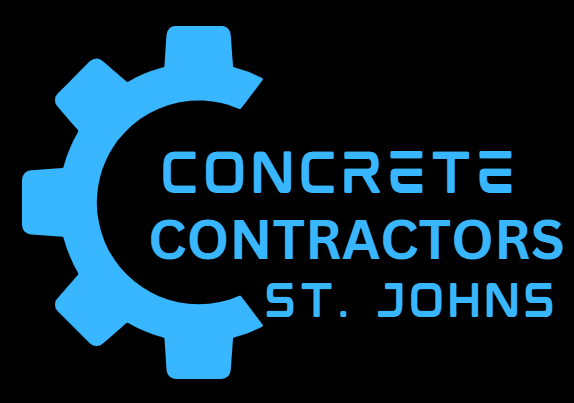Expert Tips for Constructing Concrete Retaining Walls

Concrete retaining walls are a popular choice for homeowners and businesses looking to manage soil erosion, create level areas on sloped land, or enhance the aesthetic appeal of their property. At Concrete Contractors St. Johns, we specialize in designing and constructing high-quality retaining walls that are both functional and visually appealing. In this guide, we’ll share expert tips for constructing durable and effective concrete retaining walls.
Understanding the Purpose of Retaining Walls
Before diving into the construction process, it’s essential to understand the primary purposes of retaining walls:
- Erosion Control: Retaining walls help prevent soil erosion on sloped properties.
- Landscape Design: They create level areas for gardens, patios, and walkways.
- Aesthetic Enhancement: Retaining walls can add visual interest and structure to your landscape.
- Structural Support: They provide support for vertical slopes of soil, preventing collapse or movement.
Expert Tips for Constructing Concrete Retaining Walls
1. Proper Planning and Design
Effective planning and design are crucial for the success of your retaining wall project:
- Assess the Site: Evaluate the soil type, slope, and drainage conditions of the site. This will influence the design and materials used for the wall.
- Determine the Wall Height: The height of the wall will impact the construction techniques and materials needed. Taller walls require more reinforcement and careful engineering.
- Obtain Necessary Permits: Check with local authorities to determine if you need permits for your retaining wall project. Adhere to any building codes and regulations.
2. Choosing the Right Materials
Selecting the appropriate materials is essential for the longevity and stability of your retaining wall:
- Concrete Blocks: Precast concrete blocks are a popular choice for their durability and ease of installation. They come in various shapes and sizes, allowing for creative designs.
- Poured Concrete: For a more seamless and robust structure, consider poured concrete. This option provides greater flexibility in terms of shape and can be reinforced with steel rebar for added strength.
- Reinforcement: Use steel rebar or geogrid to reinforce the wall, especially for taller structures. Reinforcement helps prevent cracking and ensures stability.
3. Ensuring Proper Drainage
Effective drainage is critical to prevent water pressure from building up behind the retaining wall, which can lead to failure:
- Install a Drainage System: Incorporate a drainage system, such as perforated pipes and gravel backfill, to facilitate water flow away from the wall.
- Weep Holes: Include weep holes at regular intervals to allow water to escape from behind the wall.
- Gravel Backfill: Use gravel or crushed stone as backfill material to improve drainage and reduce pressure on the wall.
4. Building a Solid Foundation
A strong foundation is the key to a stable and long-lasting retaining wall:
- Excavate and Level: Excavate a trench for the wall’s foundation, ensuring it is level and deep enough to support the wall’s height.
- Compact the Base: Compact the soil at the base of the trench and add a layer of compacted gravel to provide a stable foundation.
- Lay the First Course: For concrete block walls, lay the first course of blocks on the prepared base, ensuring they are level and properly aligned.
5. Constructing the Wall
Follow these steps to construct the retaining wall:
- Layering and Staggering: For block walls, stack the blocks in staggered layers to enhance stability. Use adhesive or mortar as required.
- Pouring Concrete: For poured concrete walls, build formwork to shape the wall and pour the concrete in stages, allowing each layer to set before adding the next.
- Reinforcement: Incorporate steel rebar or geogrid between layers for additional reinforcement.
6. Finishing Touches
Once the wall is constructed, add the finishing touches to complete the project:
- Capping: Add capstones or a concrete cap to the top of the wall for a polished look and added protection against weathering.
- Landscaping: Enhance the appearance of the retaining wall with landscaping elements such as plants, mulch, or decorative stones.
- Sealing: Apply a concrete sealant to protect the wall from moisture, freeze-thaw cycles, and other environmental factors.
Conclusion
Constructing a concrete retaining wall requires careful planning, the right materials, and proper construction techniques. By following these expert tips, you can ensure that your retaining wall is not only functional but also aesthetically pleasing and durable. At Concrete Contractors St. Johns, we are dedicated to providing top-quality retaining wall construction services to meet your needs.
Contact Concrete Contractors St. Johns today to discuss your retaining wall project and learn how we can help you achieve a beautiful and long-lasting solution.
Concrete Contractors St. Johns is your trusted local expert for all concrete construction needs in St. John's, Newfoundland. From retaining walls to driveways and foundations, we are committed to delivering exceptional results. Visit our website or call us for more details.
